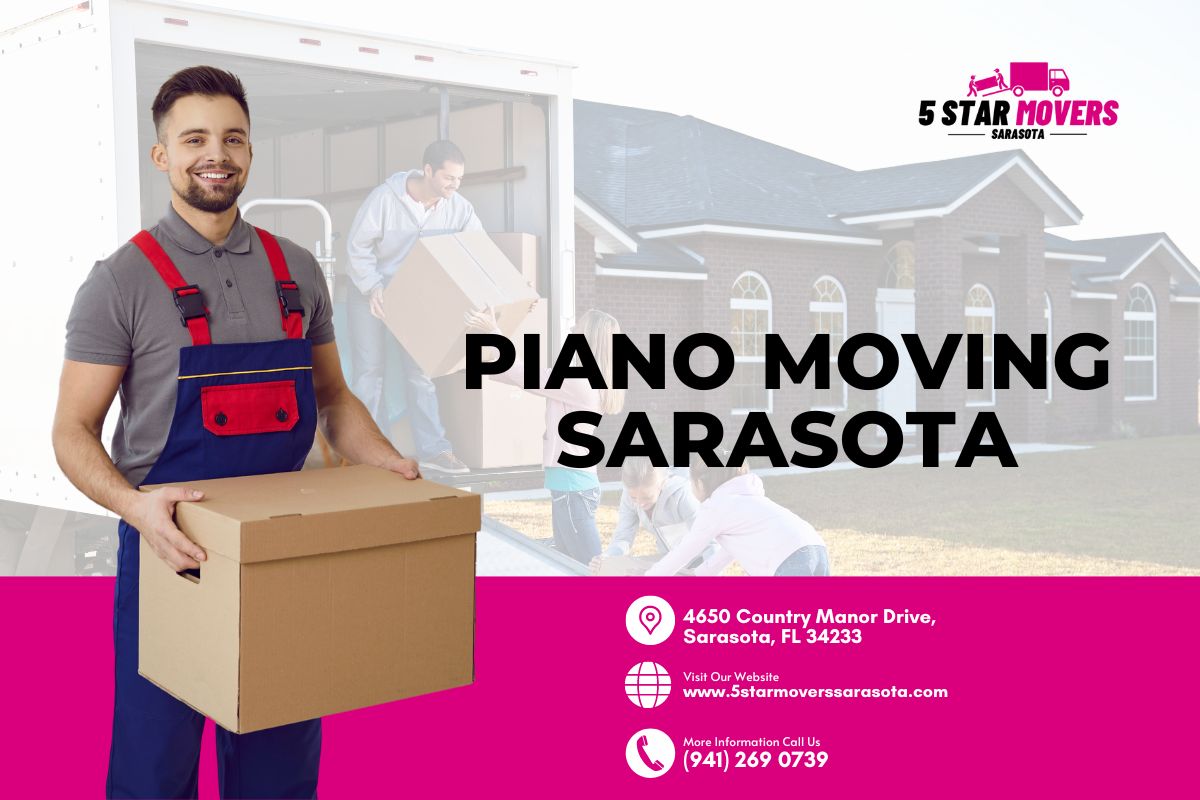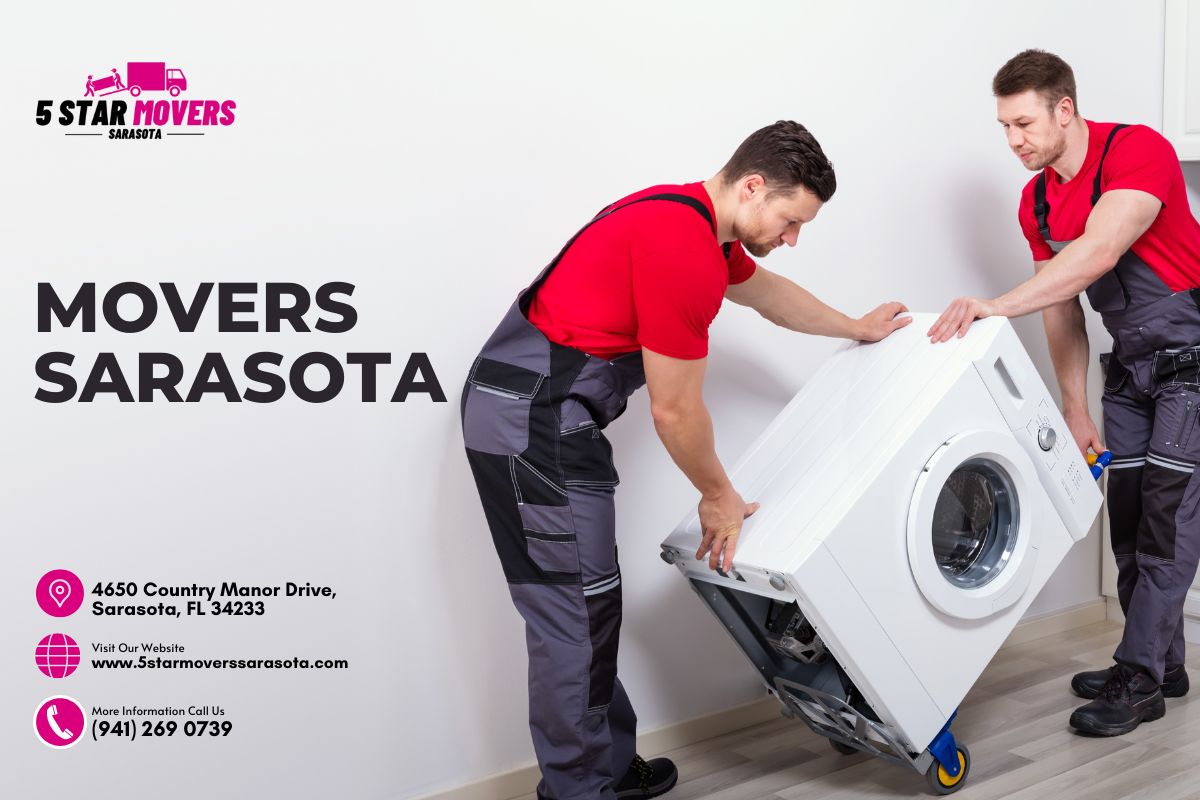

Introduction
Moving can be a stressful and overwhelming experience, but with proper planning and organization, it doesn't have to be. One of the most important steps in preparing for a move is decluttering your home. Not only does this help you get rid of unnecessary items and create a fresh start in your new space, but it also makes the moving process much smoother and more efficient. In this comprehensive guide, we will walk you through the step-by-step process of decluttering your home before the movers arrive.
Why Decluttering is Important Before a Move
Decluttering before a move is essential for several reasons. First and foremost, it allows you to get rid of items that you no longer need or want, reducing the amount of stuff you have to pack and transport. This not only saves time and effort but also helps to minimize moving costs. Additionally, decluttering helps you create a clean and organized space in your new home from the start. It gives you an opportunity to evaluate your belongings and make conscious decisions about what to keep, ensuring that you only bring things that truly add value to your life.
Decluttering Room by Room: A Step-by-Step Guide
1. Start with a Plan
Before diving into the decluttering process, it's important to create a plan of action. Decide on a timeline for when you want to complete each room and set specific goals for each session. This will help keep you motivated and focused throughout the process.
2. Gather Supplies
To make the decluttering process more efficient, gather all the necessary supplies beforehand. This may include boxes, garbage bags, labels, markers, cleaning supplies, and any other tools you may need.
3. Begin with Small Spaces
Start with smaller areas like closets, drawers, or cabinets. These spaces are often easier to tackle and can give you a sense of accomplishment early on. Sort through items and make three piles: keep, donate/sell, and throw away.
4. Sort and Categorize
As you go through each room, sort https://5starmoverssarasota.com/ items into categories such as clothing, books, kitchenware, and so on. This will make it easier to see how much you have of each category and identify any duplicates or excess.
5. Ask Yourself the Tough Questions
When deciding whether to keep or let go of an item, ask yourself tough questions like "Do I love it?", "Do I use it regularly?", "Does it have sentimental value?" Be honest with yourself and only keep things that truly bring you joy or serve a practical purpose.
6. Let Go of Sentimental Items
Sentimental items can be the most challenging to declutter. Take time to reminisce and appreciate the memories associated with these items, but also consider whether they are truly adding value to your life in the present moment. If not, it may be time to let them go.
7. Create a System for Donations/Selling
Once you've sorted through your belongings and decided what to donate or sell, create a system for managing these items. Set aside specific boxes or bags for donations and research local organizations or charities that accept donations. For items you intend to sell, consider hosting a garage sale or using online platforms like eBay or Facebook Marketplace.
8. Clean as You Go
While decluttering each room, take the opportunity to clean surfaces, vacuum floors, and wipe down shelves. This will save you time when it comes to moving day and ensure that your new home starts off fresh and clean.
9. Tackle Larger Spaces
After completing smaller spaces in your home, move on to larger areas such as living rooms, bedrooms, and kitchens. Follow the same decluttering process, sorting items into categories and making decisions about what to keep, donate, or throw away.
10. Consider Storage Options
If you come across items that you're unsure about keeping but don't want to let go of just yet, consider storage options. This can include renting a storage unit or utilizing storage solutions within your new home. Be mindful of the cost and space limitations when making these decisions.
11. Maximize Space in Moving Boxes
As you pack your belongings, be strategic about maximizing space in moving boxes. Use smaller items to fill gaps and consider using cushioning materials like bubble wrap or packing paper to protect fragile items.
12. Label Boxes Clearly
To make unpacking easier, label each box with its contents and the room it belongs to. This will help movers place boxes in the correct rooms and allow you to prioritize unpacking essential items first.
13. Dispose of Hazardous Materials Properly
When decluttering, it's important to dispose of hazardous materials properly. This includes items like old paint cans, cleaning chemicals, batteries, and electronics. Research local guidelines for safe disposal or consider contacting your local waste management facility for assistance.
14. Involve the Whole Family
Getting the whole family involved in the decluttering process can make it more efficient and enjoyable. Assign tasks to each family member and encourage open communication about what items are important to keep.
15. Stay Organized Throughout the Process
To maintain organization throughout the decluttering process, create a system for keeping track of your progress. This can include checklists, spreadsheets, or even a decluttering app on your smartphone.
FAQs:
Q: How long does it take to declutter an entire home before a move?
A: The time it takes to declutter a home before a move can vary depending on the size of the home, the amount of stuff you have, and the level of organization you desire. It's best to allocate at least a few weeks to complete the process thoroughly.
Q: Should I hire professional movers or do it myself?
A: Whether to hire professional movers or handle the move yourself depends on various factors such as your budget, time constraints, and the complexity of your move. Professional movers can provide expertise, efficiency, and peace of mind, but if you have a smaller move and are comfortable handling it yourself, that may be a viable option as well.
Q: What should I do with items I no longer want but are still in good condition?
A: For items that are still in good condition but no longer wanted, consider donating them to local charities or organizations. Many places accept furniture, clothing, electronics, and household items and will ensure they find new homes where they are needed.
Q: How can I reduce moving costs?
A: Decluttering is one of the most effective ways to reduce moving costs. The less stuff you have to pack and transport, the lower your overall moving expenses will be. Additionally, consider getting multiple quotes from different moving companies to compare prices and choose the most cost-effective option.
Q: Can decluttering help me feel more organized in my new home?
A: Absolutely! Decluttering not only helps create physical space but also has a positive impact on mental clarity and organization. By consciously deciding what to keep and getting rid of unnecessary items, you set yourself up for a fresh start in your new space.
Q: What should I do with paperwork and important documents during the decluttering process?
A: When going through paperwork during decluttering, make sure to keep important documents such as birth certificates, passports, insurance policies, and financial records safe. Create a separate folder or box for these items and ensure they are properly labeled and easily accessible during the move.
Conclusion
Decluttering your home before the movers arrive is a crucial step in ensuring a smooth and stress-free moving experience. By following this step-by-step guide, you can effectively sort through your belongings, make conscious decisions about what to keep, and create a fresh start in your new space. Remember to stay organized, involve the whole family, and take the opportunity to let go of unnecessary items. With proper planning and organization, decluttering can be an empowering process that sets the stage for a successful move.